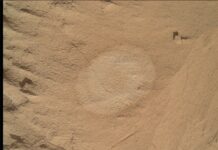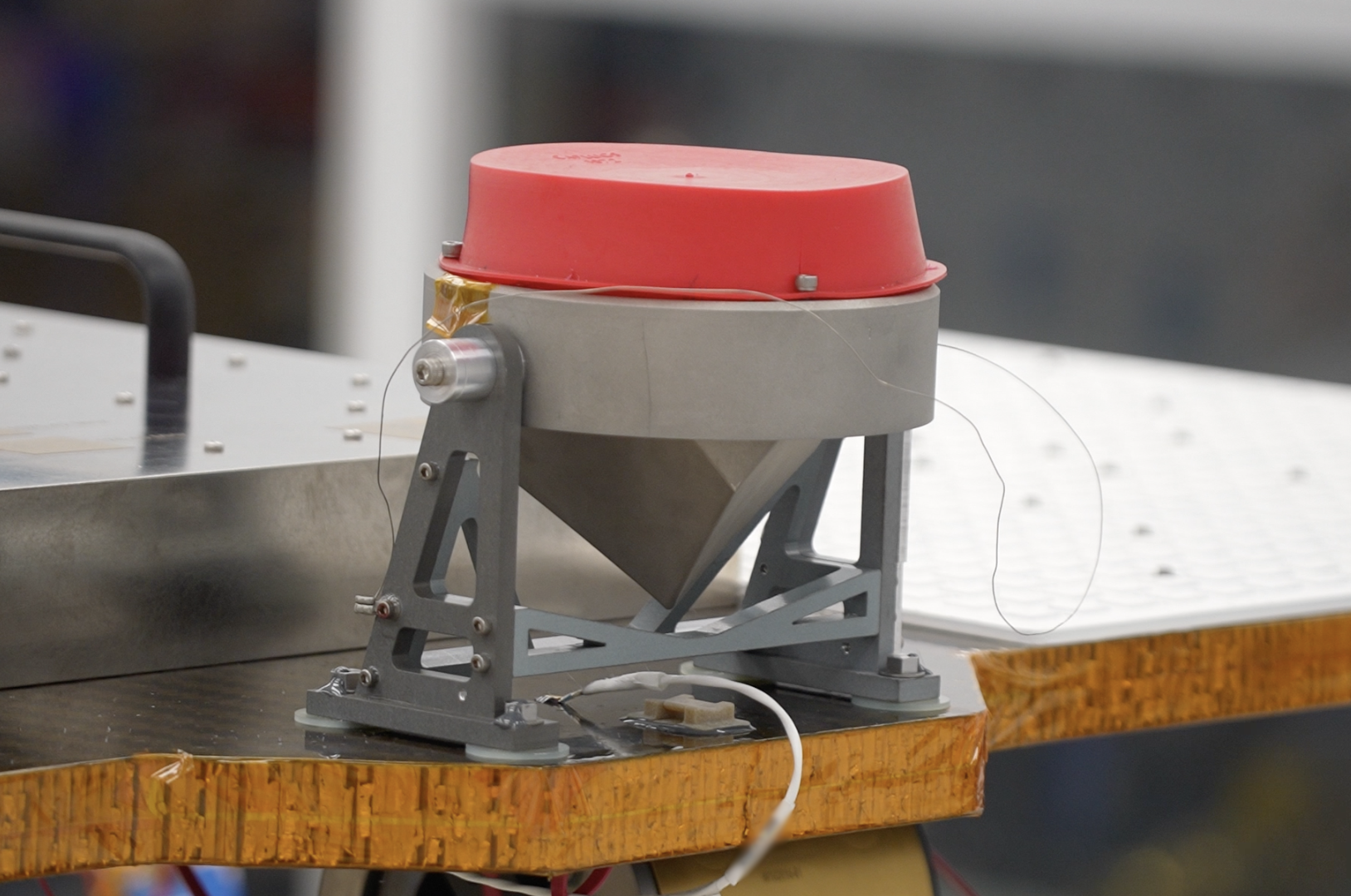Advancements in Lunar Exploration: NASA’s Next-Generation Lunar Retroreflector Initiative
In a remarkable stride towards enhancing our understanding of the Moon, NASA is embarking on an innovative project that builds on the legacy of the Apollo missions. Over 50 years ago, astronauts from the Apollo missions left behind a series of mirror arrays, known as retroreflectors, on the lunar surface. These devices have been pivotal in allowing scientists to measure the distance from the Earth to the Moon with remarkable precision. As NASA gears up for the upcoming Artemis missions, these retroreflectors continue to be a crucial tool in lunar research, offering insights into the Moon’s shape and its distance from our planet.
The Legacy of Apollo Retroreflectors
The concept behind retroreflectors is elegantly simple yet scientifically profound. These devices are designed to reflect incoming light back in the exact direction it came from, minimizing scattering. By measuring the time it takes for a laser beam sent from Earth to bounce back from the Moon, scientists can calculate the distance between the two celestial bodies with extreme accuracy. This data has been vital in understanding the gravitational interactions between the Earth and the Moon, as well as the Moon’s physical characteristics.
The Artemis Campaign and Advanced Retroreflector Technology
As NASA progresses with its Artemis campaign, which aims to return humans to the Moon, the agency plans to deploy state-of-the-art retroreflector technology. This initiative is expected to significantly expand our knowledge of the Moon’s geological processes, the properties of its crust, and its internal structure. Furthermore, these advancements could lead to high-precision tests of Einstein’s theory of general relativity, providing deeper insights into gravitational physics.
Introducing the Next Generation Lunar Retroreflector (NGLR)
One of the key components of this new wave of exploration is the Next Generation Lunar Retroreflector (NGLR). As part of NASA’s Commercial Lunar Payload Services (CLPS) initiative, the NGLR is set to be one of ten payloads on the next lunar delivery mission. The NGLR-1 will be transported to the Moon’s surface by Firefly Aerospace’s Blue Ghost 1 lunar lander. Developed by researchers at the University of Maryland, College Park, this cutting-edge instrument aims to reflect very short laser pulses from Earth with unprecedented precision.
Enhancing Lunar Research with NGLR
The NGLR’s capabilities promise to surpass those of the Apollo-era retroreflectors by delivering findings with sub-millimeter precision. This level of accuracy could revolutionize our understanding of the Moon’s inner structure, supporting new investigations into various scientific fields, including astrophysics and cosmology. One of the fascinating aspects of this research involves studying the shifts in the Moon’s liquid core, which could lead to seismic activity on its surface.
The Vision for Multiple Retroreflectors
Dennis Harris, who manages the NGLR payload for NASA’s CLPS initiative, expressed the potential impact of this technology. Harris emphasized that while NASA has decades of experience with retroreflectors, the NGLR-1 is expected to provide an order of magnitude more accurate findings. The deployment of the NGLR is just the beginning. Plans are already underway for a second NGLR retroreflector, known as the Artemis Lunar Laser Retroreflector (ALLR), which is a candidate for the Artemis III mission. This device could be positioned near the lunar south pole. Furthermore, a third retroreflector is anticipated to be included in a future CLPS delivery to a non-polar location.
Opportunities for Unprecedented Lunar Insights
Once all three retroreflectors are operational, they are expected to deliver unparalleled opportunities to learn more about the Moon and its relationship with Earth. This multi-faceted approach will enable scientists to conduct more comprehensive studies, shedding light on the dynamic interactions within the Earth-Moon system.
The Role of Commercial Lunar Payload Services (CLPS)
NASA’s CLPS initiative represents a strategic shift towards leveraging commercial delivery services for lunar exploration. By investing in this model, NASA aims to foster industry growth and support long-term lunar exploration endeavors. As a primary customer for CLPS deliveries, NASA envisions a future where it is just one of many customers utilizing these commercial flights. The Marshall Space Flight Center in Huntsville, Alabama, plays a crucial role in managing the development of seven out of the ten CLPS payloads that will be carried on Firefly’s Blue Ghost lunar lander.
A New Era of Lunar Exploration
NASA’s efforts to deploy advanced retroreflector technology mark a significant milestone in the realm of lunar exploration. By building on the legacy of the Apollo missions and embracing innovative technologies, NASA is poised to unlock new frontiers of knowledge about the Moon. These advancements will not only deepen our understanding of the Moon’s geological and physical properties but also contribute to broader scientific inquiries in astrophysics and cosmology.
For further insights into the CLPS initiative and the Artemis campaign, you can explore NASA’s official resources at https://www.nasa.gov/clps. As humanity stands on the brink of a new era of lunar exploration, the Next Generation Lunar Retroreflector initiative exemplifies the spirit of scientific discovery and the pursuit of knowledge that continues to drive NASA’s mission to explore the cosmos.
For more Information, Refer to this article.


































![Good Lock Features: Discover the Top Favorites [Exploring Good Lock ②] Unveiling the Most Popular Good Lock Features](https://www.hawkdive.com/media/samsung-mobile-good-lock-home-up-3-most-popular-features_thumb728-218x150.gif)